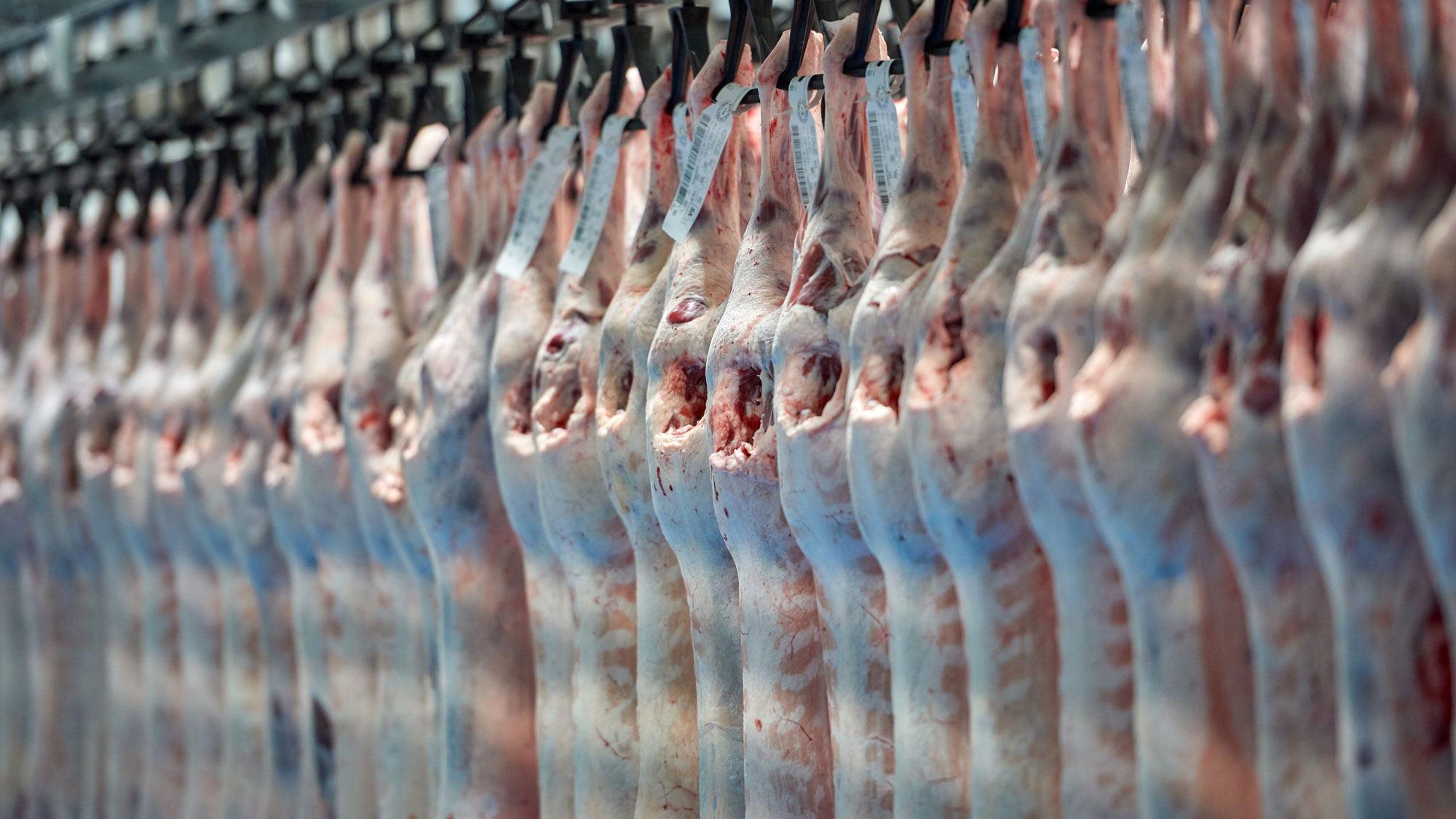Tool 2.6 Guidelines for reducing chemical residues
Tool 2.6 Guidelines for reducing chemical residues
It is desirable for the wool industry to use chemicals in a more targeted way to control external parasites (lice and blowflies) to:
- Maximise the cost-effectiveness of treatments for lice and blowflies
- Minimise the environmental consequences of chemical treatments on-farm
- Minimise any harmful impacts of chemicals on farm workers
- Ensure wool is suitable to be sold into any residue-sensitive market
- Ensure sheepmeat will not contain chemical residues that could affect its suitability for safe human consumption
- Ensure sheepmeat for export adheres to current export slaughter interval standards of the purchasing country.
Minimising on-farm chemical use
More targeted chemical management starts with looking for opportunities to use chemicals as little as possible.
Non-chemical options
For lice minimisation, quarantine introduced sheep (including rams), maintain good fences, minimise split shearings, only treat when lice are identified (and deemed economically important) and aim for eradication at the next shearing after lice are found.
Reducing chemical use
Reduced chemical use minimises costs and reduces the risk of resistance developing. It also reduces the risk of environmental damage on the farm and adverse health effects on people applying the chemicals or those handling treated sheep. Consider adopting some or all of the management options listed under “non-chemical options”.
Measures that aid blowfly control include correct tail docking, breech modification, effective worm control, breeding, flytraps and appropriate time of shearing, crutching and lambing.
Integrated pest management (IPM)
Chemical and non-chemical options can be combined in an approach called integrated pest management (IPM). An IPM system still includes the use of chemicals, but they are used selectively and as infrequently as possible instead of being the first and most frequently used option.
There are ways to use pesticides alongside other measures to improve safety and efficacy. Integrated pest management (IPM) is an environmentally sensitive way of managing pests which also better prolongs the life of chemical actives by delaying the onset and severity of resistance.
IPM practices include:
- forward planning;
- regular monitoring; and
- timely decision-making.
IPM control methods include:
- cultural methods – change the conditions to make them less favourable for pests, such as adjusting planting location or timing or crop rotation and cultivation techniques which expose pests to predation or destroy their food, shelter and breeding habitats.
- physical methods – prevent pests from entering the area using methods such as barriers and traps, or physically remove them
- genetic methods – select or breed pest-resistant varieties.
- biological methods – use predators, parasites or microbial pathogens to suppress pests.
- chemical methods – use substances to kill or repel pests, selecting the least toxic options first and applying them only when needed instead of, for example, regular preventative spraying.
- regulatory methods – prevent the entry or spread of pests using quarantine regulations and restrict the movement of materials including crops and livestock.
Source: Adapted from NSW EPA by AWI and MLA.
Read more on IPM from NSW EPA and see chapter 11.2 in MMFS Module 11 Healthy and Contented Sheep and the section on integrated pest management in the Grain & Graze "Managing Complex Systems" report.
Chemical application
Correct application of the most appropriate pesticide is needed to effectively eradicate or control the targeted pest in a safe manner for the sheep, operators and the environment and to meet meat and wool withholding periods.
To achieve this, read labels closely (and the material safety data sheet (MSDS), if necessary) and take care with preparation and dispensing of the pesticide. Ensure correct calibration of the delivery tools and apply product with effective equipment to well-prepared and contained sheep.
Eradicating lice requires correct treatment – if only a few lice survive, the population will build up again over a period of months and re-treatment will be required. Unfortunately, getting it right is a challenge, so check out tool 11.13 from MMFS Module 11 Healthy and Contented Sheep.
Seek advice from the chemical company, your contract dipper or vet if directions are not clear.







